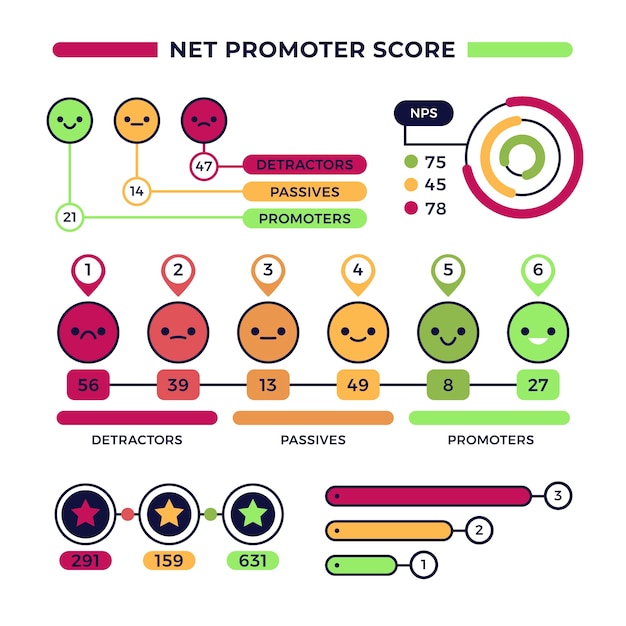
Direct and Indirect Objects: Understanding the Roles of these Objects in Sentences
In English grammar, objects play a crucial role in providing more information about the action or the subject of a sentence. They help us understand who or what is receiving the action or to whom or what the action is directed. Two types of objects commonly used in sentences are direct and indirect objects. In this article, we will explore the functions of these objects and how they contribute to sentence structure.
Direct Objects:
A direct object is a noun, pronoun, or noun phrase that directly receives the action of a transitive verb. It answers the question “what” or “whom” about the verb. To identify the direct object in a sentence, you can ask yourself the question, “Subject + Verb + What/Whom?”
Let’s look at some examples:
1. She bought a book. (She bought what? – a book)
2. The dog chased the cat. (The dog chased whom? – the cat)
3. We painted the walls. (We painted what? – the walls)
In these sentences, “a book,” “the cat,” and “the walls” are the direct objects as they directly receive the action of the verbs “bought,” “chased,” and “painted.”
Indirect Objects:
An indirect object is a noun, pronoun, or noun phrase that indicates to or for whom or what the action of a transitive verb is done. It answers the question “to/for whom” or “to/for what” about the verb. To identify the indirect object in a sentence, you can ask yourself the question, “Subject + Verb + To/For Whom/What?”
Let’s see some examples:
1. He gave me a gift. (He gave a gift to whom? – me)
2. The teacher assigned the students a project. (The teacher assigned a project to whom? – the students)
3. My father bought my sister a new phone. (My father bought a new phone for whom? – my sister)
In these sentences, “me,” “the students,” and “my sister” are the indirect objects as they indicate the recipients of the actions “gave,” “assigned,” and “bought.”
Now, let’s examine the relationship between direct and indirect objects in a sentence:
1. She gave her friend a present.
– Direct Object: a present
– Indirect Object: her friend
2. They sent their parents a postcard.
– Direct Object: a postcard
– Indirect Object: their parents
As seen in these examples, the direct object receives the action directly, while the indirect object receives the action indirectly, usually with the help of a preposition like “to” or “for.”
Practice Exercises:
1. Identify the direct and indirect objects in the following sentences:
a) I bought my sister a book.
b) The doctor prescribed the patient some medicine.
c) She baked her friend a cake.
2. Reveal the answers:
a) Direct Object: a book
Indirect Object: my sister
b) Direct Object: some medicine
Indirect Object: the patient
c) Direct Object: a cake
Indirect Object: her friend
Understanding the roles of direct and indirect objects is essential for constructing grammatically correct sentences. By identifying and using these objects correctly, you can enhance the clarity and effectiveness of your writing. Keep practicing to strengthen your understanding of these concepts and improve your overall writing skills.






